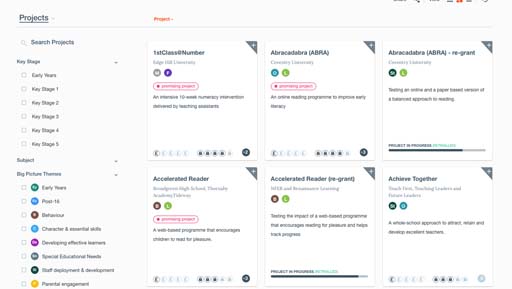4 Evidence in education
Learning is a complex process. It involves students with different skills, competences and learning needs, it involves teachers who may be using different teaching methods, it involves interactions with peers with different expertise and perspectives, and it involves various resources such as physical or digital artefacts (pen and paper, computers, etc.). Due to these complexities:
… education as opposed to other disciplines such as medicine and agriculture, has been less concerned with evaluating different pedagogical approaches and determining their impact on learning outcomes.
In other words, less emphasis has been given on assessing available evidence when decisions about teaching and learning are made, such as whether and how digital technologies should be used by children to support learning. For example, in the above paper, one of the teaching approaches reviewed for evidence is ‘learning with robots’. The authors concluded that existing studies have not yet illustrated that a robot can be more effective that a human teacher, yet they recommended that more studies should be conducted to explore further and establish the relationship between this teaching approach (learning with robots) and specific learning outcomes.
The importance of evidence in decision making in education is evident in the work of organisations such as the Educational Endowment Foundation (EEF) in the UK that has conducted several studies to establish the effectiveness of different teaching approaches in education. A teaching and learning toolkit (see Figure 2) is used to provide an overview of existing evidence about certain teaching and learning approaches and gives information about impact on attainment, cost and the supporting strength of evidence. For example, among the most effective teaching approaches were found to be the provision of feedback to students, teaching that aims to develop metacognition and self-regulation, and giving homework to secondary students. Another similar organisation is the National Centre for Education and Evaluation (NCEE) in the USA that conducts large-scale evaluations of education programs with funds from the government. Among the interventions with the highest effectiveness ratings are phonological awareness training, reading recovery and dialogic reading (see the National Center for Education Evaluation and Regional Assistance website [Tip: hold Ctrl and click a link to open it in a new tab. (Hide tip)] ).

Activity 3
After reading about evidence and its importance in making decisions or assessing claims and opinions, you should go back to Activity 2 and reflect on your answers. Consider the type and strength of evidence based on which arguments in the two articles you read have been made. Write your answer below.
